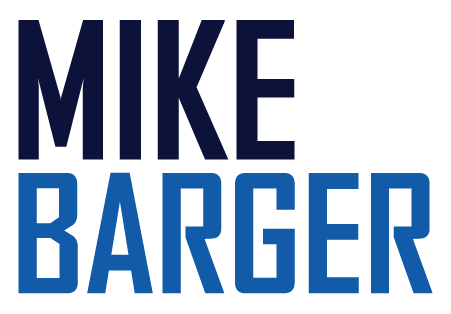Crisis management, as it is described in both academic and popular literature, provides a great deal of guidance on how leaders should think, behave, and lead during a crisis. But ultimately, business leaders simply cannot afford to think only about how they should deal with a raging crisis when it appears. What happens before a crisis is critical. To become effective high-stakes leaders, it is just as important that we understand how to prevent crises as it is to lead effectively during them.
The subtitle of my new book High-Stakes Leadership in Turbulent Times is Why Stakeholders Are Your Greatest Assets in Good Times and Bad. I created this subtitle to emphasize the importance of stakeholder relationships, not only during and after a crisis, but even when things are running exceptionally well. Nowhere does the value of stakeholders become more evident than in the role they can and should play to help high-stakes leaders identify potential sources of future crisis. Here are some ways to think about engaging your stakeholders to help them help you find and address significant opportunities for improvement that, if ignored, could lead to a major organizational disruption.
Internal Observations
Which of your primary stakeholder groups is in the best position to conduct internal observations for indications of possible trouble? Your employees, of course. If you want your employees to serve in an observational capacity (i.e., if you want them to be on the lookout for areas of opportunity for improvement), then you need to make sure they understand what that means and what you expect them to do. Just by taking this step – you will be increasing your organization’s resilience. When you share this expectation with your direct reports, however, you will receive lots of questions, such as:
- What should I be looking for?
- How should I report what I find?
- What happens after I report something?
- Will my identity be shared, or will observations be anonymous?
These are all great questions, and you’ll have to develop responses that fit your unique circumstances. Just know that if you want your employees to support the organization in this capacity, then you’ll need to be clear about your expectations and be ready to respond to questions in a way that inspires them to take on the responsibility.
Second, you will need to tell your employees what to look for. At organizations that do this most effectively, employees are educated on the sorts of threats they are likely to see and how they are expected to deal with them. It is rare that an internally generated crisis doesn’t offer early warning signals — signals that employees are likely to see. Therefore, to improve your capacity for identifying potential organizational threats that may start small and grow rapidly, employees must be taught how to search for and respond to them.
Third, the organization needs a process for passing the information from an observer to someone (or some team) who can address the issue(s). The process must include specifics for dealing with questions about reporting processes, communication channels, anonymity, consequences, reputational safety, and the like. These will all take time and effort to define and communicate; but done effectively and with a genuine commitment to employee engagement in the identification of organizational threats and opportunities for improvement, a culture can be created that wonderfully supports a capacity for resilience.
External Observations
How does an organization engage external stakeholders to serve as observers for potential threats to the enterprise? It does so exactly as you would intuitively expect – by taking the time to understand the interests of each stakeholder group and building relationships with them.
Consider how your organization gets feedback from your customers about your products and services. How do you learn about what customers are buying, what they like best about your offerings, what they like least, and what they would change if they could? These are the types of questions being asked of customers today in just about every sector. Customer feedback has become a primary source for product development and innovation. Online reviews everywhere are driving the way customers interact with brands and are determining the future for those companies. But those reviews often come too late or don’t tell you enough. Asking your customers directly to tell you about their experiences can be game-changing, and establishing an ongoing feedback loop with customers can help you collect information on threats to your organization too.
Customers in just about every business sector on the planet have demonstrated a willingness to share their thoughts and feedback in any number of forums, often with remarkable honesty and specificity. They will respond to surveys, post comments and reviews on websites, and many are happy to participate in focus groups or on discussion panels. As a high-stakes leader, your threat detection efforts might benefit considerably from leveraging these connections to get feedback not only on product features and future innovations, but also on customer concerns and minor incidents involving your products. Second only to your employees in their willingness to help your company succeed, customers can be an exceptional resource in your threat identification efforts. Can your other external stakeholders also support your external observation and threat detection efforts? They certainly can. As with your customers, strong relationships with everyone from regulators to the media to the customers of your competitors can create opportunities to both formally and informally solicit observations and receive feedback that can be useful to your organization. Consider what you could be doing today with your external stakeholders to more effectively engage them in conversations that will help you learn not only how to make your company better, but also to identify potential issues (sooner rather than later) that could grow into full-blown crises without your immediate attention.
